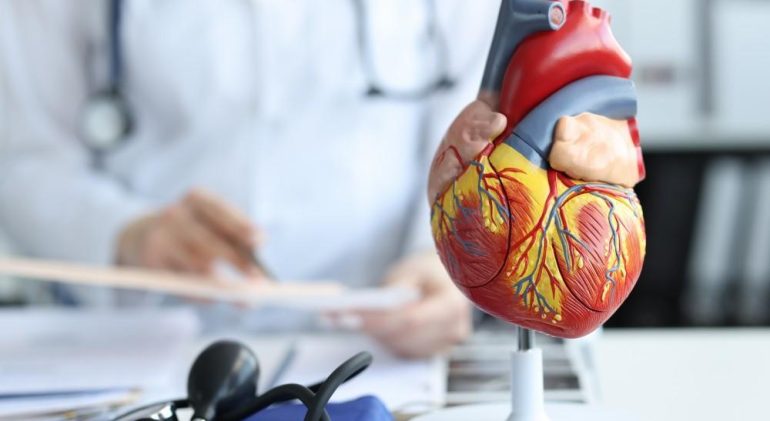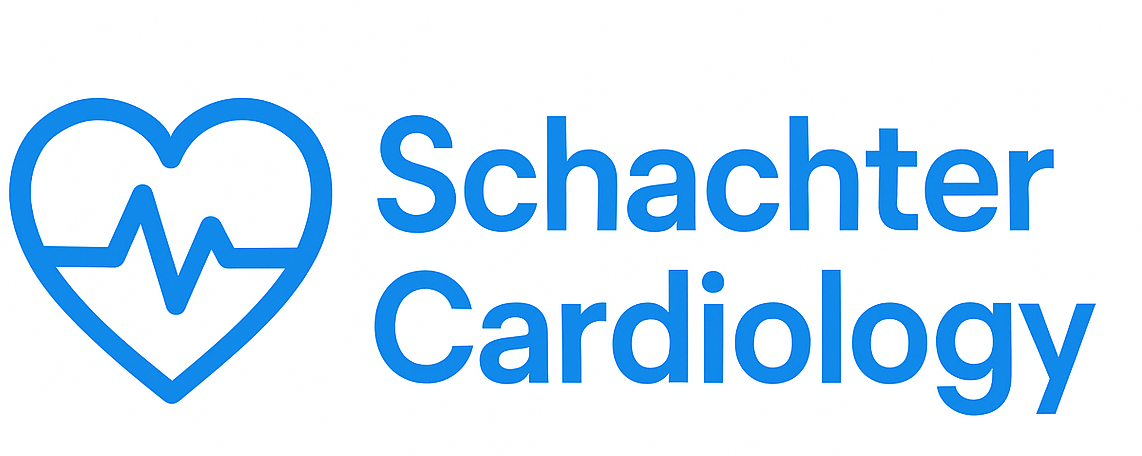
Understanding Cardiac Imaging: A Key Tool in Diagnosing Heart Disease
Cardiac imaging plays a vital role in diagnosing heart diseases, guiding treatment decisions, and monitoring heart health. This comprehensive guide will explore the various types of cardiac imaging techniques, their purposes, and how they contribute to effective cardiovascular care.
What is Cardiac Imaging?
Cardiac imaging refers to a range of techniques used to visualize the heart’s structure and function. These methods help healthcare providers assess heart health, detect abnormalities, and plan appropriate treatments. Cardiac imaging can reveal conditions such as coronary artery disease, heart valve disorders, cardiomyopathy, and congenital heart defects.
Types of Cardiac Imaging Techniques
1. Echocardiography
Echocardiography, or an echo test, uses sound waves to create images of the heart. It is non-invasive, painless, and provides real-time information about the heart’s structure and function. This technique helps evaluate the size and shape of the heart, assess blood flow, and identify any abnormalities in heart valves and chambers.
2. Electrocardiogram (ECG or EKG)
An electrocardiogram records the electrical activity of the heart, providing valuable information about heart rhythm and rate. An EKG can identify arrhythmias, heart attacks, and other heart conditions, making it a crucial tool for initial heart assessments.
3. Cardiac MRI
Cardiac Magnetic Resonance Imaging (MRI) uses powerful magnets and radio waves to create detailed images of the heart and surrounding structures. It is especially useful for assessing heart muscle function, detecting inflammation, and evaluating congenital heart defects.
4. Cardiac CT Scan
Cardiac Computed Tomography (CT) scans provide detailed cross-sectional images of the heart and blood vessels. This technique is often used to evaluate coronary artery disease, as it can detect blockages and assess the degree of arterial narrowing. A specialized type of cardiac CT, called coronary CT angiography, allows for visualization of coronary arteries.
5. Nuclear Stress Test
A nuclear stress test combines a stress test with nuclear imaging to assess blood flow to the heart muscle. It involves injecting a radioactive tracer and taking images of the heart at rest and during stress (induced by exercise or medication). This test helps identify areas of the heart with reduced blood flow, indicating potential blockages.
When is Cardiac Imaging Used?
Cardiac imaging is utilized in various scenarios, including:
- Evaluating symptoms of heart disease, such as chest pain, shortness of breath, or palpitations.
- Screening individuals at high risk for heart disease due to family history, hypertension, diabetes, or lifestyle factors.
- Monitoring the effectiveness of treatments for heart conditions.
- Assessing heart function before and after heart surgeries or procedures.
Benefits of Cardiac Imaging
- Non-invasive options: Many imaging techniques are non-invasive, reducing the need for more invasive procedures.
- Early detection: Cardiac imaging can identify heart problems at an early stage, allowing for timely intervention.
- Guiding treatment: Imaging results help healthcare providers tailor treatment plans to individual patients.
- Monitoring progress: Regular imaging can track the progression of heart disease and the effectiveness of treatments.
Risks and Considerations
While cardiac imaging is generally safe, some risks may be associated with certain tests. For example, radiation exposure from CT scans or nuclear tests is a consideration, particularly for individuals needing multiple imaging studies. Your healthcare provider will weigh the benefits against any potential risks when recommending specific imaging techniques.
Conclusion
Cardiac imaging is an essential component of modern cardiology, providing valuable insights into heart health and guiding treatment decisions. If you experience symptoms related to heart disease or have risk factors, talk to your healthcare provider about the appropriate imaging tests for your situation. Early detection and intervention are crucial for maintaining optimal heart health.
Disclaimer
This blog post is for informational purposes only and should not be considered medical advice. Always consult with a healthcare professional for any medical concerns or conditions.
Disclaimer: This article is for educational purposes only and does not constitute medical advice. Always consult a qualified healthcare professional.
